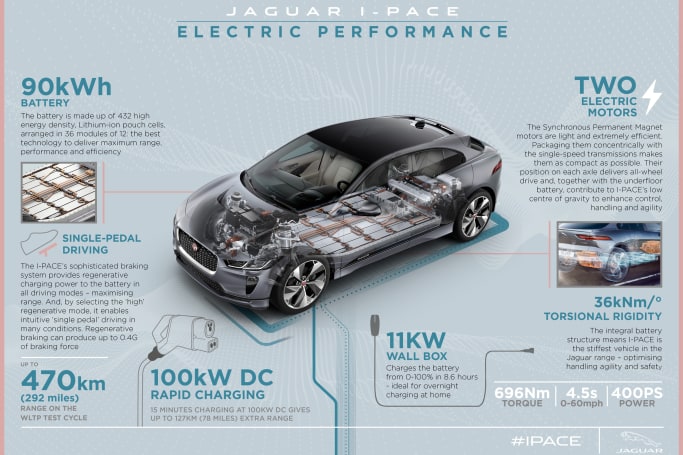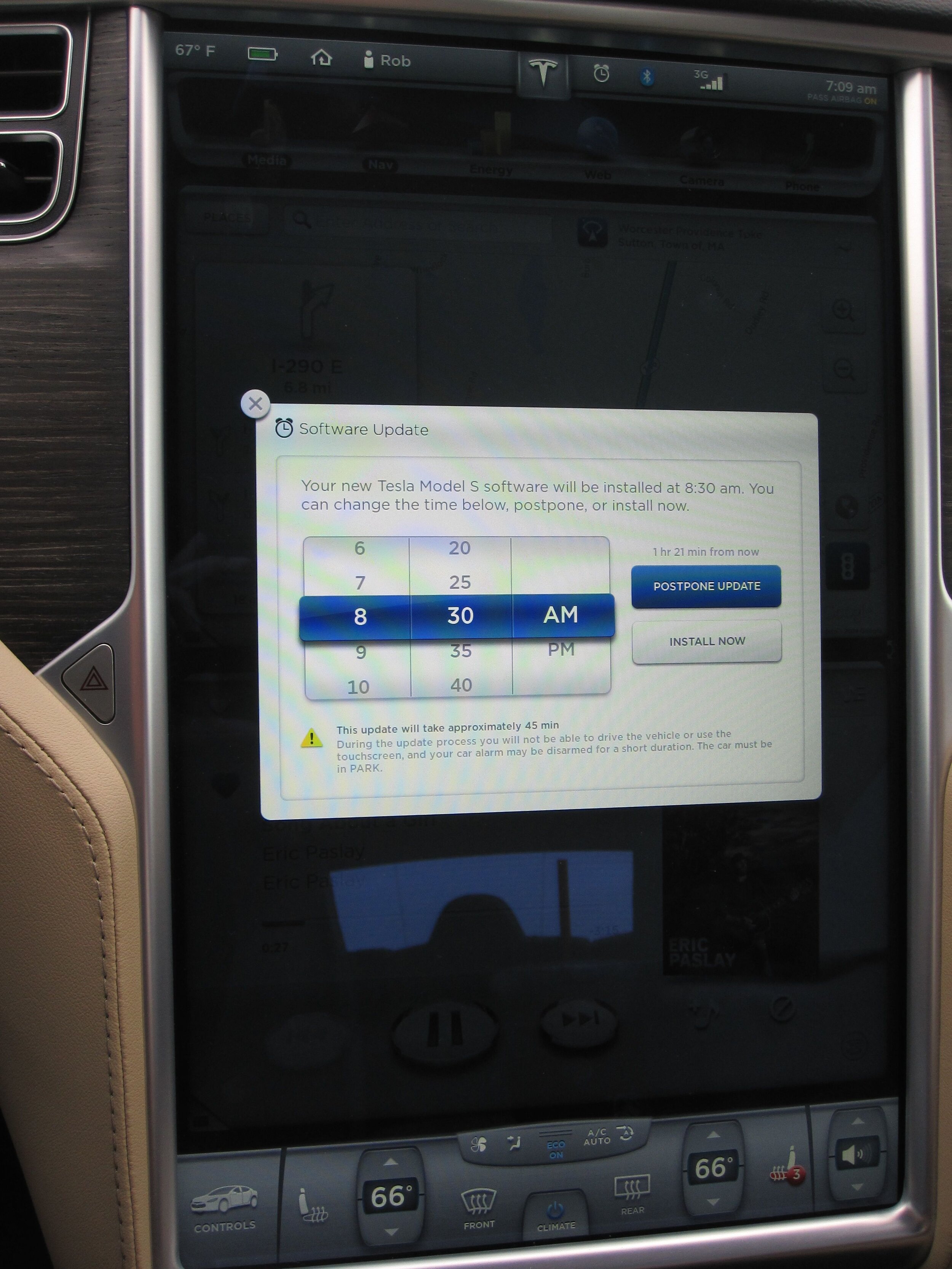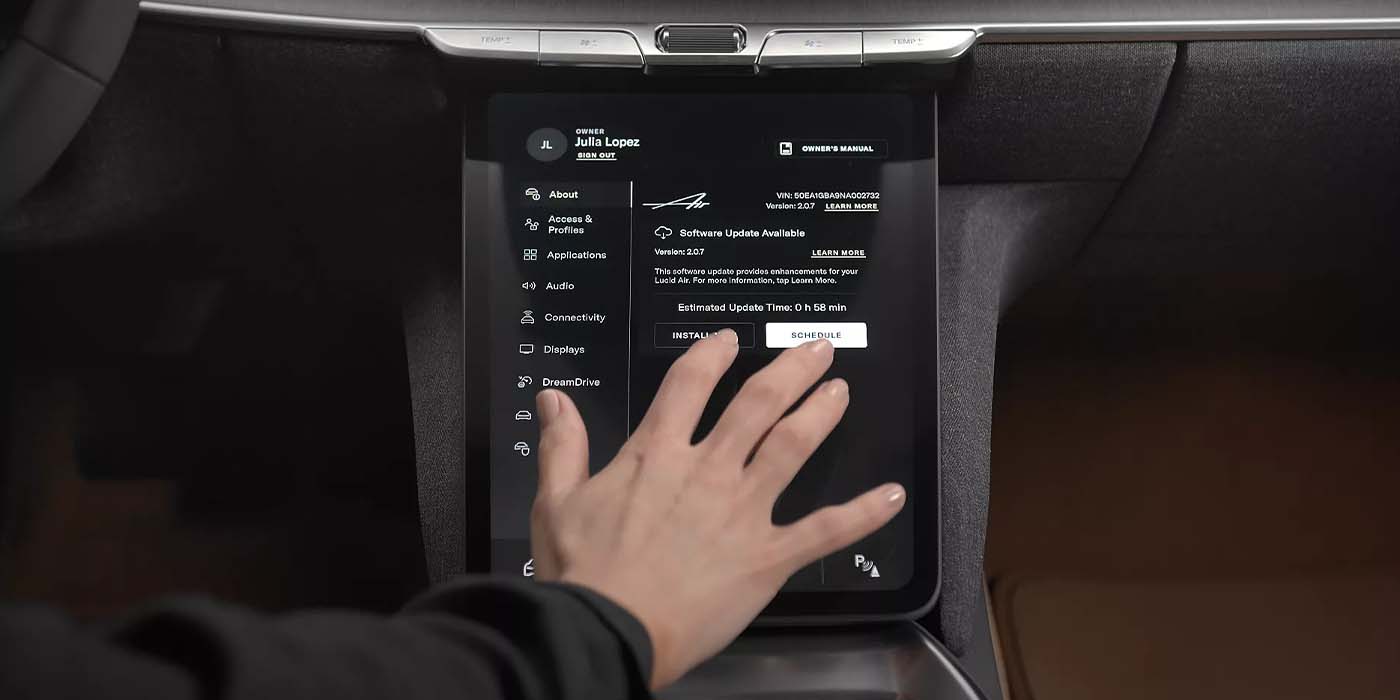In a world where Tesla’s latest brainchild can beat a grizzled supercar in a drag race, it’s clear we’re playing a new automotive game. That game changer? Software. We’re not just talking pretty touch screens, but intricate updates that can boost an electric vehicle’s performance. From efficiency to speed, let’s delve into the tech revamp that’s shaping the future of electric vehicles. Buckle up, this ride’s about to get interesting.
Understanding EVs and Software

Electric Vehicles (EVs) aren’t just your average four-wheeled hunks of metal. They’re sophisticated high-tech machines, integrating complex power electronics, network communications, and data algorithms seamlessly. However, it’s worth noting that at the heart of every electric car, you’ll find software, making it the EV’s brain.
Software in EVs serves a profoundly important function—managing the complicated under-the-hood operations that drivers usually don’t give a second thought to. The health and performance of your e-battery? That’s managed by a software algorithm. The distance you can travel before needing to recharge? Again, it’s an algorithm. This software is the invisible helping hand that steers the driver towards an uncomplicated, efficient driving experience.
What really sets software apart in the world of electric vehicles is its ability to be updated remotely—very much alike your smartphone. Without even a visit to the dealership, your car can receive critical updates that boost performance, fix bugs, and in some cases even provide additional functionalities that can make your drive smoother and safer. It’s like getting a new car again, and again. All from the comfort of your own home!
This makes EVs a far cry from their internal combustion engine (ICE) counterparts, where a physical change in hardware was needed for an upgrade in car features or improvement in its performance. Here, the vehicle’s performance can be optimized and tailored over the air via a software update.
Just like how you wouldn’t want to use an outdated software on your computer, the same applies to EVs. The software running your EV must be up-to-date. The reason? Simply put, the smoother the software, the smoother the ride. And in this high-speed, high-tech era where electric cars are considered part of the IoT (Internet of Things), it’s these software updates that will keep your EV at the top of its game.
Importance of Regular Software Updates

Believe it or not, just like your smartphone, your electric vehicle (EV) also needs regular software updates. Now, you may think this is a lot of hassle for something that, let’s face it, seems a lot less fun than updating your favorite mobile game. However, regular software updates play a critical role in boosting the efficiency, performance, and safety of your electric vehicle.
When we talk about EVs, we’re talking about complex pieces of machinery that are almost completely operated by software. This means they’re not spinning belts or rumbling engines under the hood, but lines of code that command various functions of these impressive machines. As the technology market keeps evolving at breakneck speed, electric vehicle manufacturers are perpetually finding ways to improve your EV’s efficiency and abilities. Consistent software updates allow drivers to access these improvements without needing to purchase a brand new model.
Think of the regular software update as a virtual pit stop. It patches up the potential bugs that may have been interfering with your vehicle’s software and improves upon the existing functions. For instance, updates can offer better energy management, which could directly translate into greater range or improved performance. A software update could also introduce new features, or make your EV compatible with new charging stations or energy options.
Interestingly, these software updates can also be used to prevent, or at least limit, the physical wear and tear of the components in the EV. For instance, a new update could better manage the battery charging and discharging cycles, potentially prolonging the lifetime of the battery and other components.
In essence, the whole concept of software updates is that instead of buying a new car every few years to get the latest features, you simply install the new software updates and voila! Your EV just got better while parked in the driveway. Yet, it’s important to remember that these updates are not just about adding new tunes to the audio system or improving the chilling factor of the air conditioner. Regular software patches also plug any existing security holes and thus, help protect your EV from potential cyber-attacks.
In conclusion, ignoring regular software updates in your EV would be like refusing to change the oil in a gas-powered car. By not regularly updating your EV, you’re essentially driving a wonderfully sophisticated machine that’s underachieving its potential. Regular updates ensure you possess a vehicle that’s operating at its safest, most efficient, and most effective, making this an integral part of owning an electric vehicle.
Impact of Software Updates on EV Performance

Electric vehicle companies didn’t just revolutionize the auto industry with their zero-emissions products; they also brought a new approach to vehicle maintenance and enhancement. In the world of electric vehicles (EVs), the performance of your car can be significantly altered — for better or worse — via software updates much like your smartphones, enhancing your driving experience or occasionally presenting new challenges.
Software updates in EVs may introduce features that boost the overall performance of the EV. A notable example is the so-called “Ludicrous Mode” released by Tesla, which offered massive acceleration improvements at the touch of a button. This update wasn’t about fixing glitches or enhancing security; it was a performance upgrade, transforming Teslas into astonishingly quick machines by merely tweaking the electronic brain that governs the car.
Changing the way EVs manage power can have a significant impact on their range, which is perhaps the most critical performance measure for an electric vehicle. A well-executed software update can optimize how an electric vehicle distributes its battery power, smartly balancing the needs of acceleration, speed, power for accessories, and other factors to squeeze out a few more miles.
However, it’s not always sunny in the EV software update world. One concerning thing about software updates is they can not only affect positive performance changes but, unfortunately, can also introduce bugs or de-optimize prior settings, resulting it in what seems like a downgrade. Issues might include a reduction in range, altered response times in user interface components, and in the worst case, even safety hazards.
Beyond that, as the software gets more complex, update times can get longer, which can be a major inconvenience for users. It’s a unique predicament that EV owners find themselves in — being unable to drive because a software update is not yet completed is not an issue that traditional gas engine vehicle owners face.
The ever-evolving nature of software means that EV owners must be aware of the potential impacts, both positive and negative, on vehicle performance with each subsequent update. In the burgeoning field of electric vehicles, where software and hardware are inseparably intertwined, the role of continual software updates in influencing EV performance will continue to be a fascinating area of exploration.
Future of EV Software Updates

When it comes to the future of electric vehicle (EV) software updates, the possibilities are thrilling. As we gaze into the crystal ball, the dominance of over-the-air (OTA) updates seems imminent. Automakers are ramping up their game with secure, reliable, and quicker software updates, making EV ownership even more delightful.
Incorporating advanced technology like Artificial Intelligence (AI) and machine learning into OTA updates opens up a world of possibilities. Future EV software updates could potentially tailor performance based on driving habits, optimizing EV utilization and extending battery life. The AI-infused software updates will also help in preventative maintenance, identifying potential glitches or failures before they surface, thereby reducing the probability of inopportune breakdowns.
Alongside, the formation of a more ‘connected’ and ‘smart’ ecosystem is on the cards. In a not-so-distant future, EV updates will be capable of seamless integration with smart-city infrastructure and home automation system, providing an all-round enhanced user experience. Besides, it is also likely that future software updates will harmonize vehicle-to-grid integration, paving the way for bidirectional energy transfer and optimized power grid load management.
Autonomous driving is another area where exceptional evolvement can be expected. While current software updates aim for smoother operations and system refinement, future updates could deliver upgrades for hands-free driving and near-total automation. This means your vehicle would not only receive new infotainment feature updates but could also download real-time traffic data, improved routing information, and even advanced autopilot capabilities—all over the air.
Also, transparency and control over updates will become crucial. Though EV owners today receive notifications about updates, they often lack specifics about the changes. Moving forward, electric vehicle manufacturers must provide comprehensive changelogs and give owners an option to accept or reject individual changes.
In essence, the future of EV software updates is laden with prospects. Convenience, efficiency, foresight, connectivity, autonomy, and transparency will be at the heart of this software evolution, promising an unmatched driving and ownership experience. Buckle up, the best is yet to come!
FAQs
Why do electric vehicles need software updates?
What happens during an electric vehicle software update?
How often should I need to update the software in my electric vehicle?
Conclusion
In essence, software updates revolutionize the sphere of electric vehicle performance. They act as silent mechanics, injecting agility, responsiveness and efficiency straight into the core of our rides. They amend imperfections without invasive surgeries and provide ceaseless monitoring for predictive, proactive alterations. In a nutshell, they bridge the chasm between vehicles and tech, transforming them into dynamic, evolving beasts of innovation. The role of software updates in the electric vehicle landscape? Indisputably vital.
